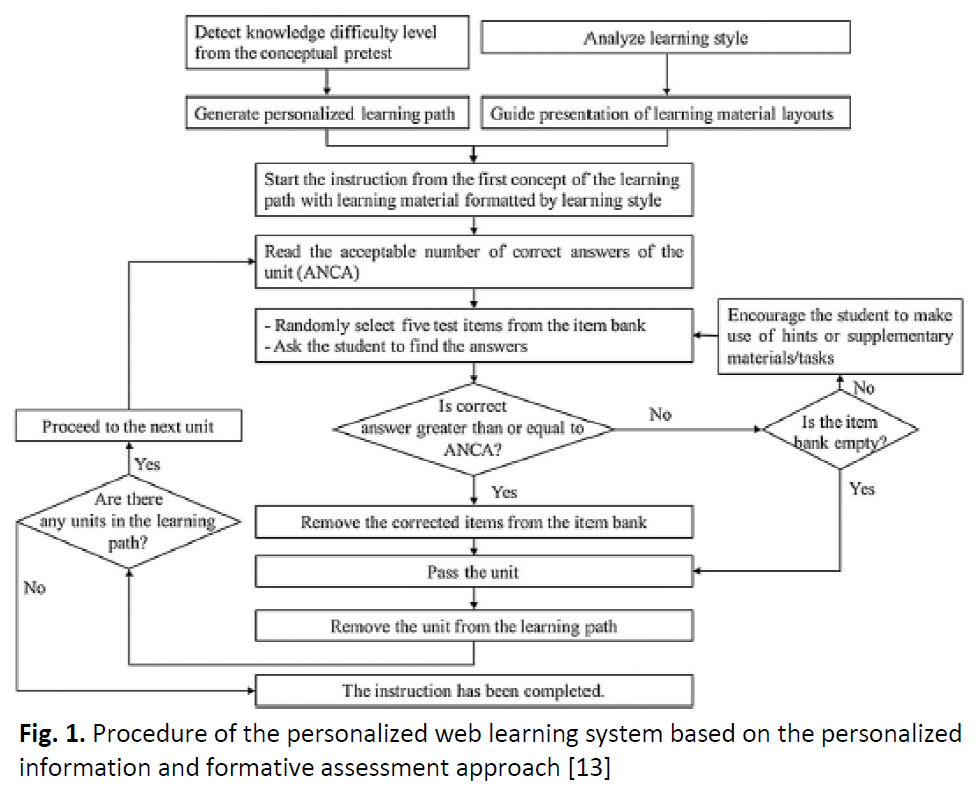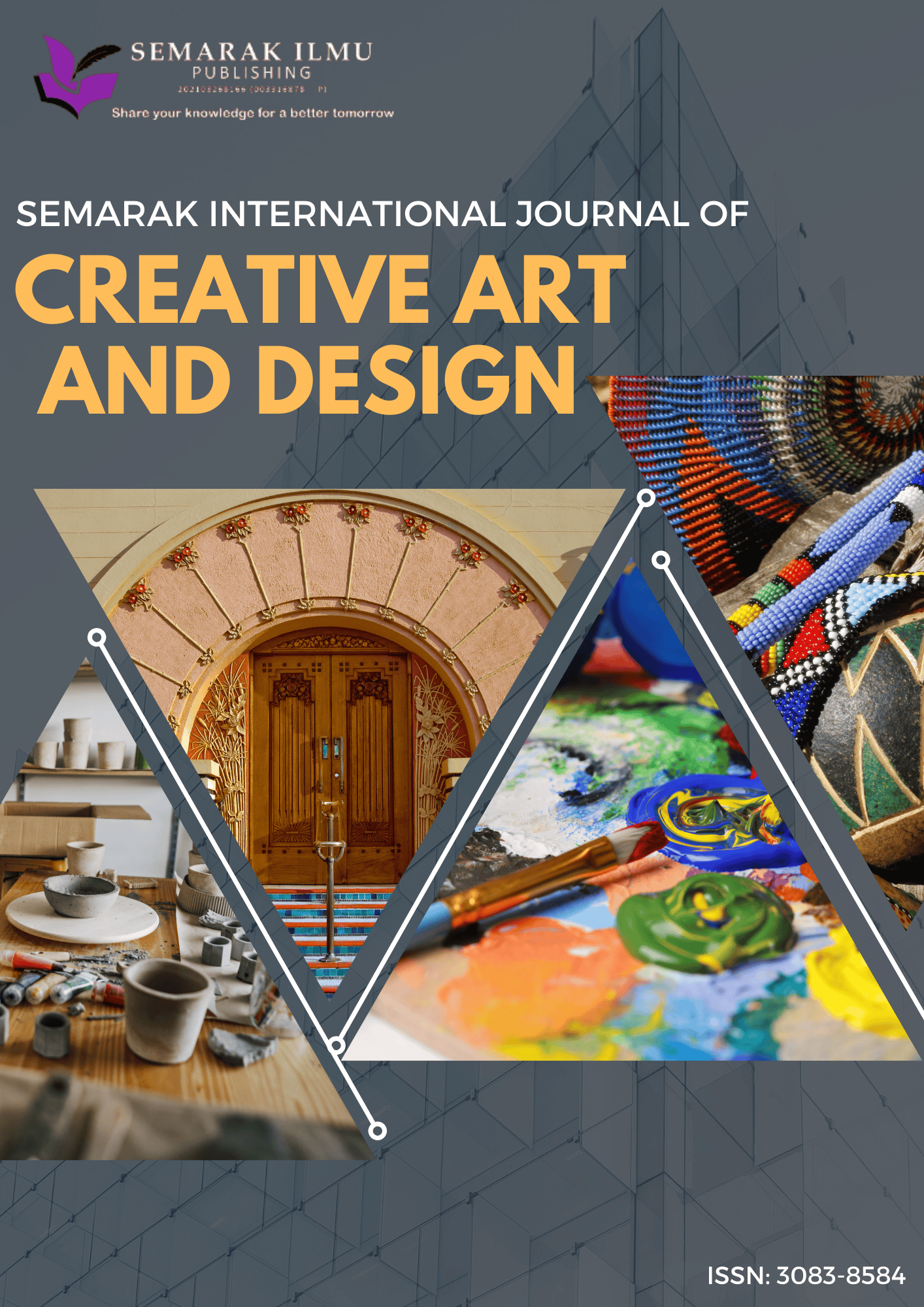The Role of Artificial Intelligence in Creative Design for Advertising and Digital Content in Educational Contexts
DOI:
https://doi.org/10.37934/sijcad.4.1.1223Keywords:
Artificial Intelligence (AI), creative design, educationAbstract
This research investigates how Artificial Intelligence (AI) influences creative design in advertising and digital content in educational settings, with a particular emphasis on its effects on the development of students' creative skills. The review examines three main themes, creative learning, human-machine collaboration, and educational design transformation, drawing insights from 18 relevant papers chosen from a pool of 44 Scopus-indexed publications. AI has shown a growing impact on students' abilities to conceive ideas, test them out, and refine them in the realm of digital content creation. This often promotes divergent thinking and improves visual literacy. Generative AI tools like ChatGPT, Midjourney, and various content-producing platforms are often used to foster creative thinking and facilitate initial idea generation in the literature examined. The theme of human-machine collaboration highlights that AI serves best as a co-creative partner rather than a substitute for human input, especially when directed by organized pedagogical frameworks. Students gain the greatest advantage when human critique and AI assistance work together, promoting reflective thought and iteration. Aspects of educational design are undergoing development as well, with AI being incorporated into project-based learning settings especially within courses focused on advertising, media, and design. The potential of AI to tailor feedback and produce alternative design directions offers new possibilities for supporting creative processes in ways that were not possible before. Nevertheless, significant challenges persist like ethical issues, the question of originality, and the danger of becoming too dependent on algorithmic results. The review underscores that a significant incorporation of AI, based on human-led direction, can improve creative learning results and better equip students for AI-augmented creative sectors.









